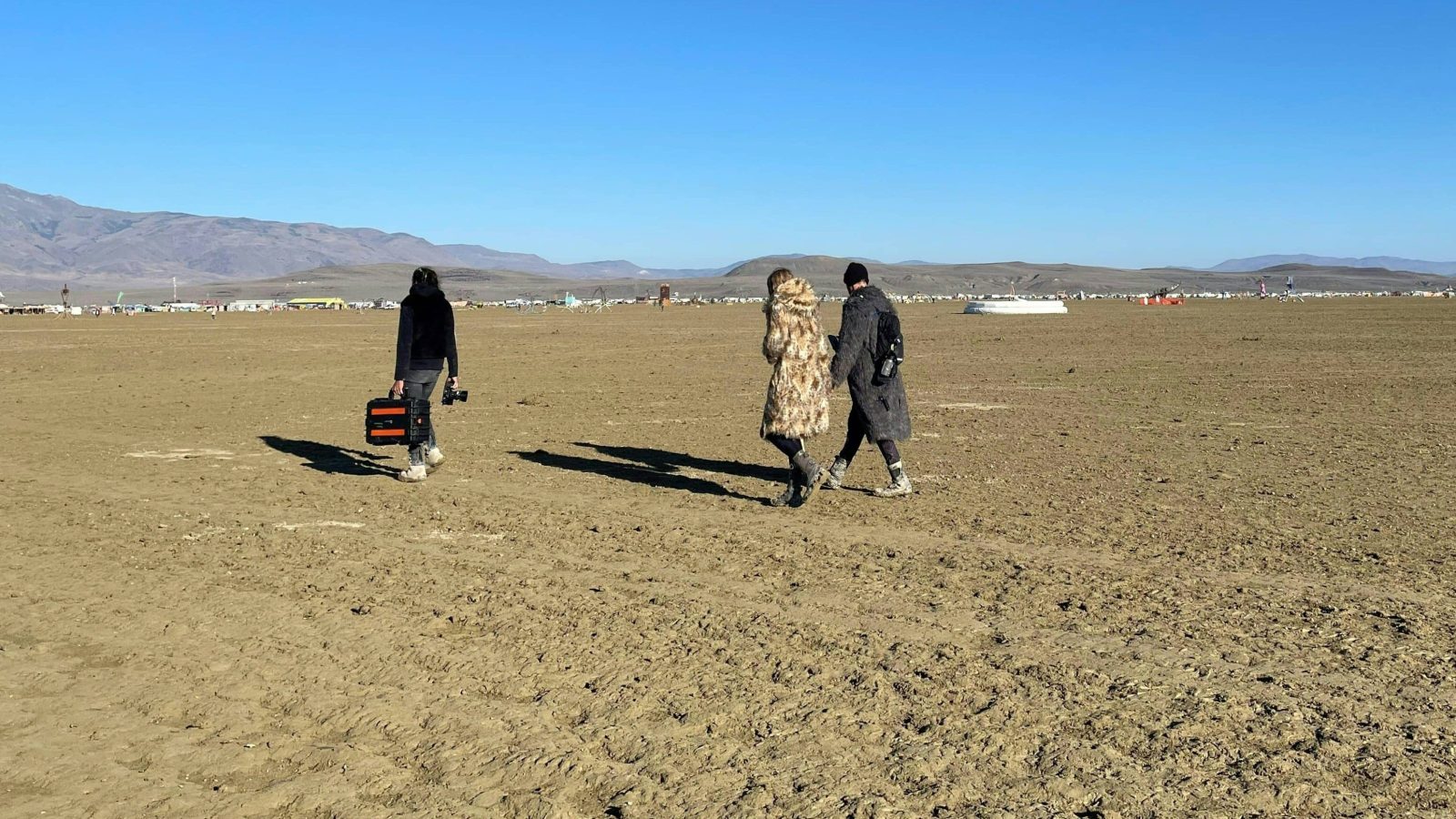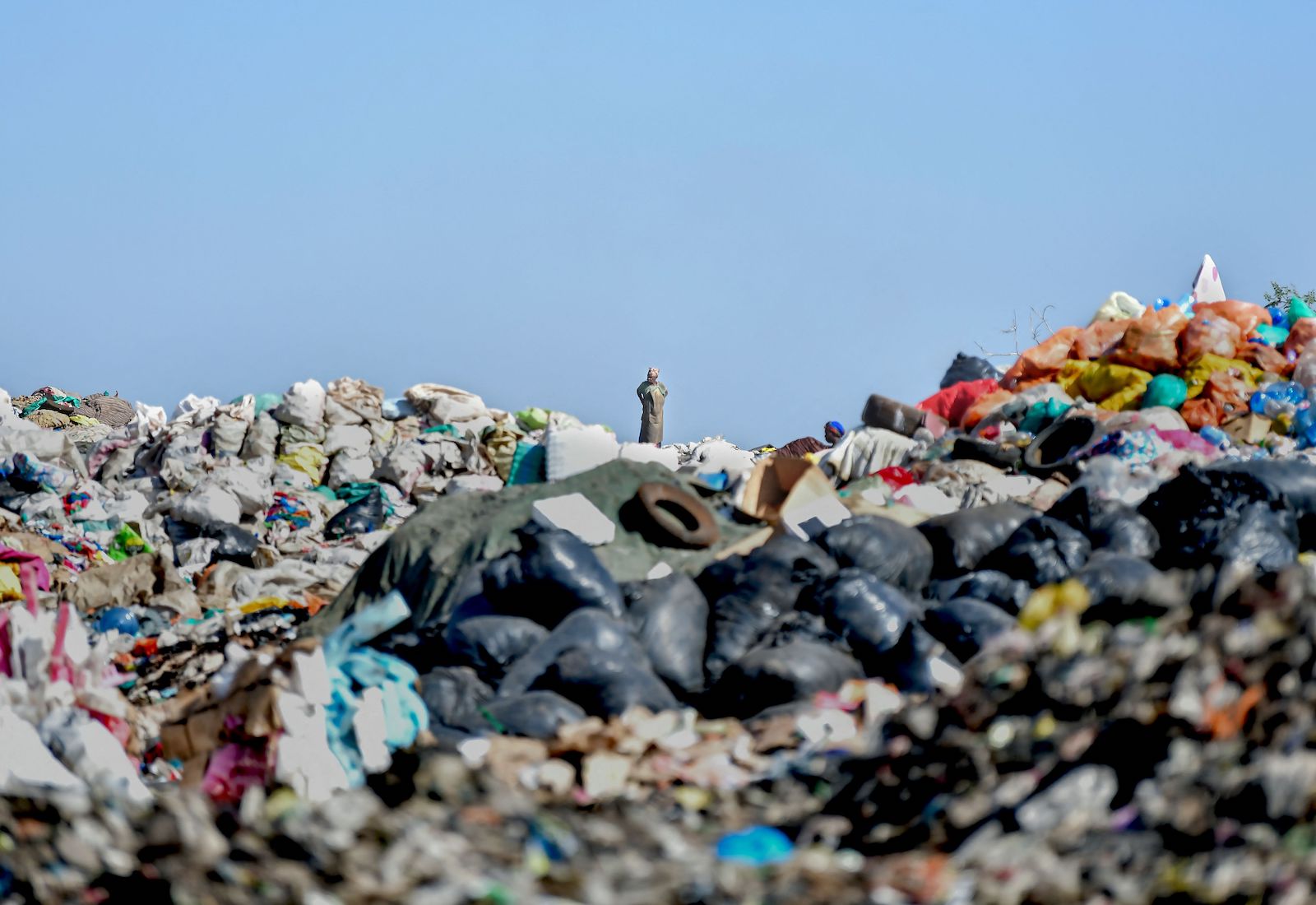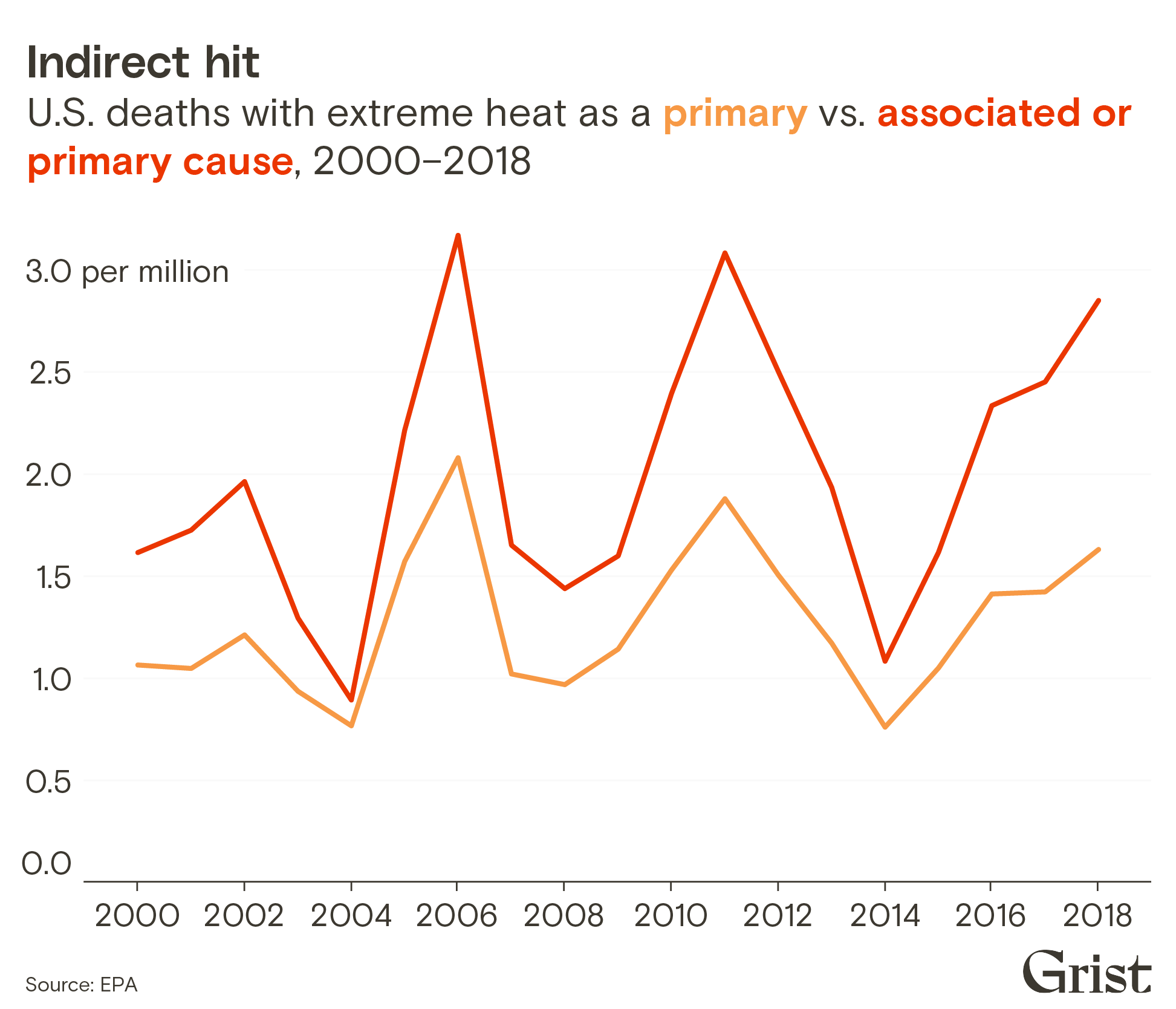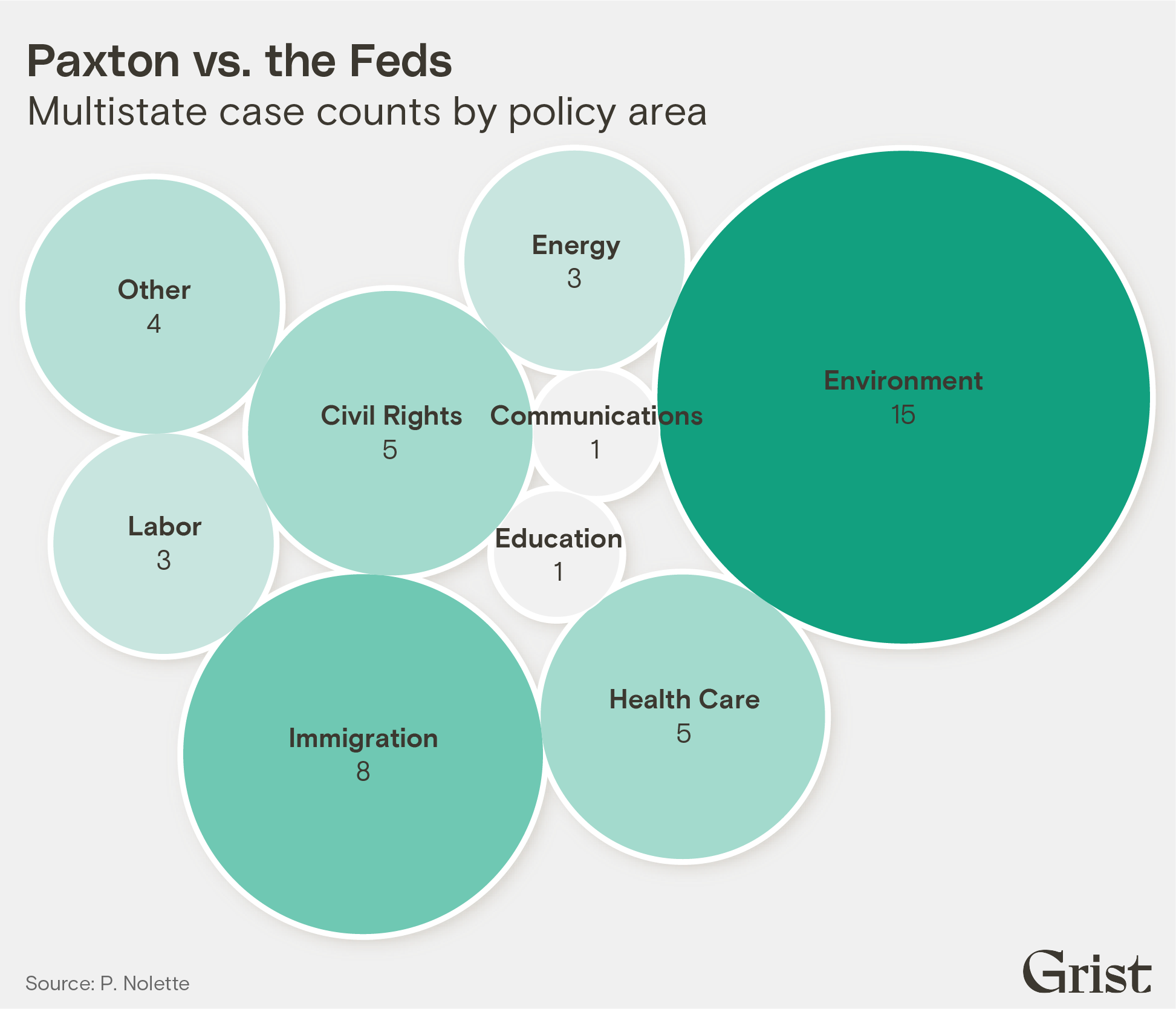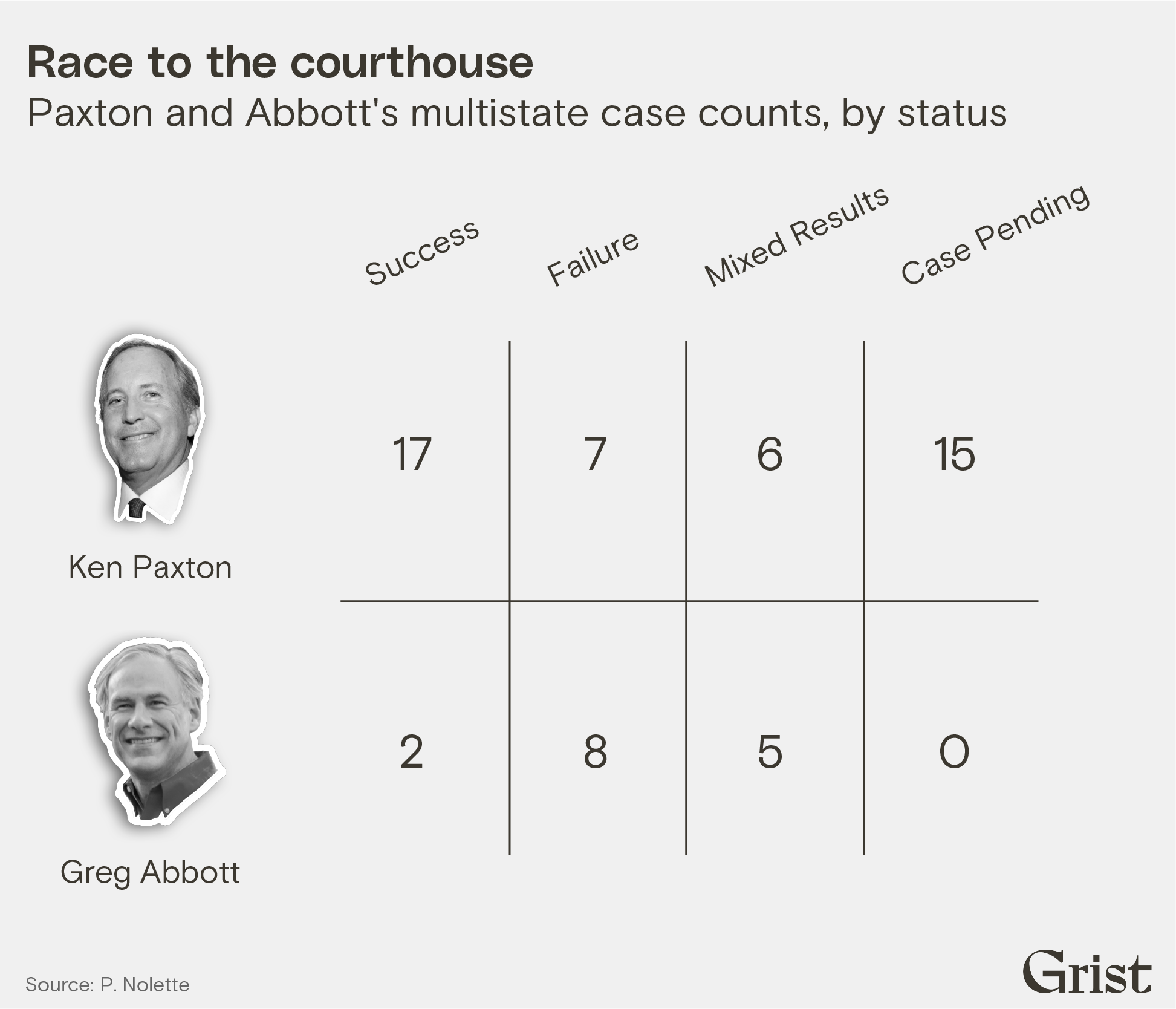Some books take you on epic emotional journeys, while others provide you with knowledge and insights on a new subject. To Dye For, an account of the toxic evolution of fast fashion by Alden Wicker — from its mauvine- and arsenic-tinted beginnings to the takeover of per- and polyfluoroalkyl substances (PFAS) — does both. It is essential reading for those who have ever experienced skin sensitivity, a rash or worse due to clothing laden with harmful chemicals. And for anyone interested in the true cost of the modern fast fashion that is polluting the world with toxins and discarded bargain clothing.
I had the pleasure of talking with Wicker recently about the book, which delves into the toxicity of contemporary fast fashion, as well as its Victorian era origins.
I asked how she first became interested in learning more about the dangerous truth behind fast fashion.
“It took me a surprisingly long time to hear about fashion toxicity, especially since when I first heard about it in 2019, I had been writing about sustainable fashion for almost a decade and I hadn’t heard anything about chemicals in clothing that could harm consumers,” Wicker told EcoWatch over the phone. “A radio program contacted me and wanted to know if I could comment on this lawsuit brought by Delta Airlines attendants against Lands’ End, who made their uniforms, and some of the reactions they had were just horrific, way beyond anything I’d heard of before.”
“They had bleeding rashes and breathing problems, brain fog, extreme fatigue that was so bad that they were somewhat disabled when they got on the plane with their colleagues, hair falling out… it really ran the gamut from all sorts of different reactions, and they were so bad that you couldn’t wave them away the way the airlines and the uniform makers wanted to do.”
I asked Wicker if the people who originally invented these chemicals were aware of their potential harm.
“That’s an interesting question because the chemical industry is coming up with new chemicals all the time, but the very first commercially invented chemical was mauve dye in the mid-1800s. And this guy knew that at least the production was dangerous. There were explosions, he would have to leave his lab to catch his breath, and almost immediately people started having reactions to these new fossil fuel-based dyes. People had striped rashes on their ankles from socks and reactions to shirts that are dyed synthetically. And then with nitrobenzene black, which is used for shoe blacking, some people actually died.”
When the money started rolling in, safety took a back seat to profits.
“The thing is, people profited so enormously off dye manufacture for textiles that, the guy who actually invented mauve, he ended up getting out of business because he felt so uncomfortable with it,” Wicker said. “And we’ve seen throughout history, not just in the history of dye manufacture and fashion manufacturing, but in other types of manufacturing… people will do anything, corporations will do anything to stuff down any evidence that this is causing harm, even when it’s right in their face.”
“The dye manufacturers in Germany and Switzerland, and then in the United States, would do the same thing over and over again, they would discover that there was bladder cancer in their employees, they would ask somebody reputable to study it, then they would take those findings and hide them, and keep doing what they’re doing for another decade.”
Why weren’t regulations put in place to stop chemicals like arsenic from being used in clothing?
“[In] the early 1800s, arsenic was used to create one of the first synthetic dyes, which was arsenic green. And even after arsenic green fell out of favor because there was this Victorian Era panic over it, it was still used to brighten the color of other synthetic azo dyes,” Wicker told EcoWatch.
“As long as people are profiting off of something, they are not going to willingly shut down their production, and I think the reason why none of these things have actually been banned is because the industry does this thing where it’s like, ‘You don’t need to regulate us, we’ll just voluntarily phase it out.’ [But] even if they have voluntarily phased it out, that leaves the door open for it to come back in, especially when you’re talking about countries where there’s no regulation, where it’s about making things as cheap as possible.”
What is the extent of toxic fashion? Is most clothing toxic on some level unless it’s made of natural, organic material?
“I cannot tell you what percentage of clothing contains hazardous substances because, first of all, we don’t have ingredient lists. Most fashion brands don’t know what’s in their own clothing, and to test clothing costs tens of thousands of dollars. What I can tell you is that this is not a problem limited to ultra-fast fashion brands,” Wicker said. “There have been hazardous substances found in high amounts in mass market fashion brands, in children’s clothing. They are used by brands that call themselves environmentally friendly. There are luxury brands that haven’t done anything towards safe chemistry. So I would say, while I can’t tell you what percentage of clothing is hazardous, I can tell you that it’s a widespread problem.”
Are the clothing brands asking for chemicals to be put in their products, or is it the manufacturers that do it?
“It depends. A fashion brand would never say, ‘Can you please add PFAS to my products.’ What the fashion brand would say is, ‘We need stain repellency, we need water repellency.’ And the manufacturer will say, ‘Okay.’ And the manufacturer will buy their chemicals maybe from a certified supplier, maybe from the guy down the street, and they will give the fashion brand what they want at the cheapest price possible,” Wicker told EcoWatch. “So this downward price pressure coupled with the fact that fashion brands don’t know what’s in branded chemical mixtures and products, and that they rarely have a relationship with chemical suppliers, or even with the dye house sometimes, means that there’s a lot going on in their supply chain that they don’t know about.”
What are the most hazardous chemicals found on clothing these days?
“There’s so many… PFAS, which provides stain and water repellency — known as ‘forever chemicals’ because they never break down — they’re linked to thyroid disease, several types of cancer, birth defects, obesity, immune system suppression. They’re on a lot of stuff that doesn’t even need it — they’re just thrown on there — so they’re on a lot more things than you would think,” Wicker explained. “Other things that show up a lot [are] phthalates, which are hormone disrupting chemicals; they’re in a lot of plastics and synthetics. [Bisphenol A (BPA)] was found in sports bras and T-shirts and socks, polyester-spandex, all of them, from some of the largest companies, dozens of companies, even ones that have robust chemical management programs… and that was way more ubiquitous, I think, than anybody thought.”
So if you buy something that’s polyester are you pretty much guaranteeing that you’re going to have some kind of nasty chemical on there?
“It’s really hard to know, but it was polyester-spandex mixes that had the BPA in it, so I think that is risky to buy that if you’re trying to avoid endocrine disrupting chemicals, which everybody should,” Wicker said. “Polyester is also dyed with disperse dyes, which are known skin sensitizers and can cause skin reaction and potentially other types of allergies as well.”
I asked Wicker whether washing something a few times could make it safer.
“Washing your new clothing when you buy it can help with some types of contaminating chemicals that weren’t meant to go on there. You don’t know where your fashion has been, it’s just good hygiene to wash it. It could have been contaminated with pesticides, with fungicides. There could be some left over from the manufacture process that was supposed to be taken off. So definitely a good idea to wash it, but it’s not going to get rid of those purposefully applied performance finishes, like PFAS, like nanosilver, like dyes, for example. So it helps, but it’s not the perfect solution.”
What is the best way for people to protect themselves from toxic clothing and textiles? Is it safer to buy older clothes that are worn and have been washed many times, like from thrift stores?
“The first thing I would tell people is to try the sniff test first. If you pick it up and it smells bad, that’s a really good indication that you should not buy it, or if you open the package and it smells bad. I’ve had people tell me that packages smell like gasoline — terrible idea,” Wicker advised. “That also can help if you’re buying second-hand fashion because the scented laundry products can cause reactions in a lot of people, and they have known hazardous substances. So definitely buy second-hand fashions, they’re a really good way to get more sustainable, natural fiber fashion for a more affordable price, but just give it the sniff test before you take it home, for sure. And look for natural fibers whenever possible — they’re not gonna be perfect, they’re not guaranteed, but they tend to be less risky than synthetics. Avoid ultra-fast fashion brands or any… fashion brands you’ve never heard of before, that advertised to you over social media or you find on marketplaces like Alibaba and Amazon. Look for… labels… like Oeko-Tex, Bluesign and GOTS Organic.”
In To Dye For, Wicker talks about a flight attendant who got so sick from his airline-issued uniform that it became a choice between protecting himself and keeping his job.
“It’s such a sad story. He got sick immediately, the first time he put on the new uniform from Alaska Airlines in 2011, and he got sick every single time after that. He was taken off the plane, he was taken to the hospital. They eventually did switch out their uniforms, but by that time he was sort of permanently disabled. He had terrible skin problems all the time, he had terrible breathing problems, and if he was even around the uniforms he would go into anaphylactic shock. And he kept working because that was his job, he loved his job and it was the only thing he knew. He was too old at that point to switch careers completely. He passed away at age 65 from asthma and his surviving partner believes that it was due to the health problems that were kicked off by the uniforms.”
Many others had reactions to those same uniforms, Wicker said.
“I think that it was up to 24 percent of the Alaska Airlines attendants reported reactions, and those are just the ones that felt safe enough and had strong enough reactions to report it to the union.”
What was the primary cause of the reactions to the Alaska Airlines uniforms?
“We don’t know exactly because there were so many different things applied to and found on those uniforms. There [were] restricted types of azo dyes, there was tributyl phosphate, there was teflon, which is PFAS. There were so many different things, and that was why it was so hard to hold these fashion brands and uniform makers accountable because they were saying, ‘Tell us the one chemical that’s doing all of this,’ and it could’ve been a bunch of different ones working on the same organs, or working in synergy with each other to cause these reactions.”
I asked Wicker what she thinks the future of fast fashion will look like.
“We definitely need regulation, but this whole consumer education thing, it’s not working. We can’t shop our way out of this problem, we can’t conscious-capitalism our way out of this problem,” Wicker said. “We don’t know if we pay five dollars more for a shirt if that money’s going to get to a garment worker or get to a farmer or pull a certain amount of carbon dioxide out of the atmosphere. But this is a very tangible problem, it’s happening in the places that make our fashion, and then we’re just reimporting all that toxic pollution… I was hoping that by making that connection we could galvanize a movement to fix this problem and show that there is no ‘over there’; there is no ‘away.’”
Do you think it’s a good idea to recycle and repair clothing rather than to keep making more?
“I definitely think it is… One of the things that might stand in the way of clothing recycling is that if you are taking toxic fashion and recycling it into new fashion, that new fashion will be toxic… so this is something we need to solve at the beginning of the pipeline,” Wicker emphasized.
“I think everybody should have the right to say what gets put on their bodies. And right now we don’t live in that world. But we could, if we have enough political will.”
The post ‘To Die For’: The Toxic Evolution of Fast Fashion by Alden Wicker appeared first on EcoWatch.



